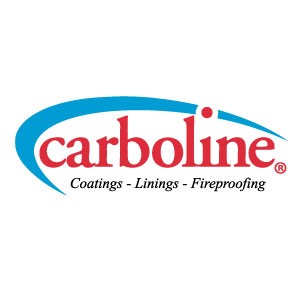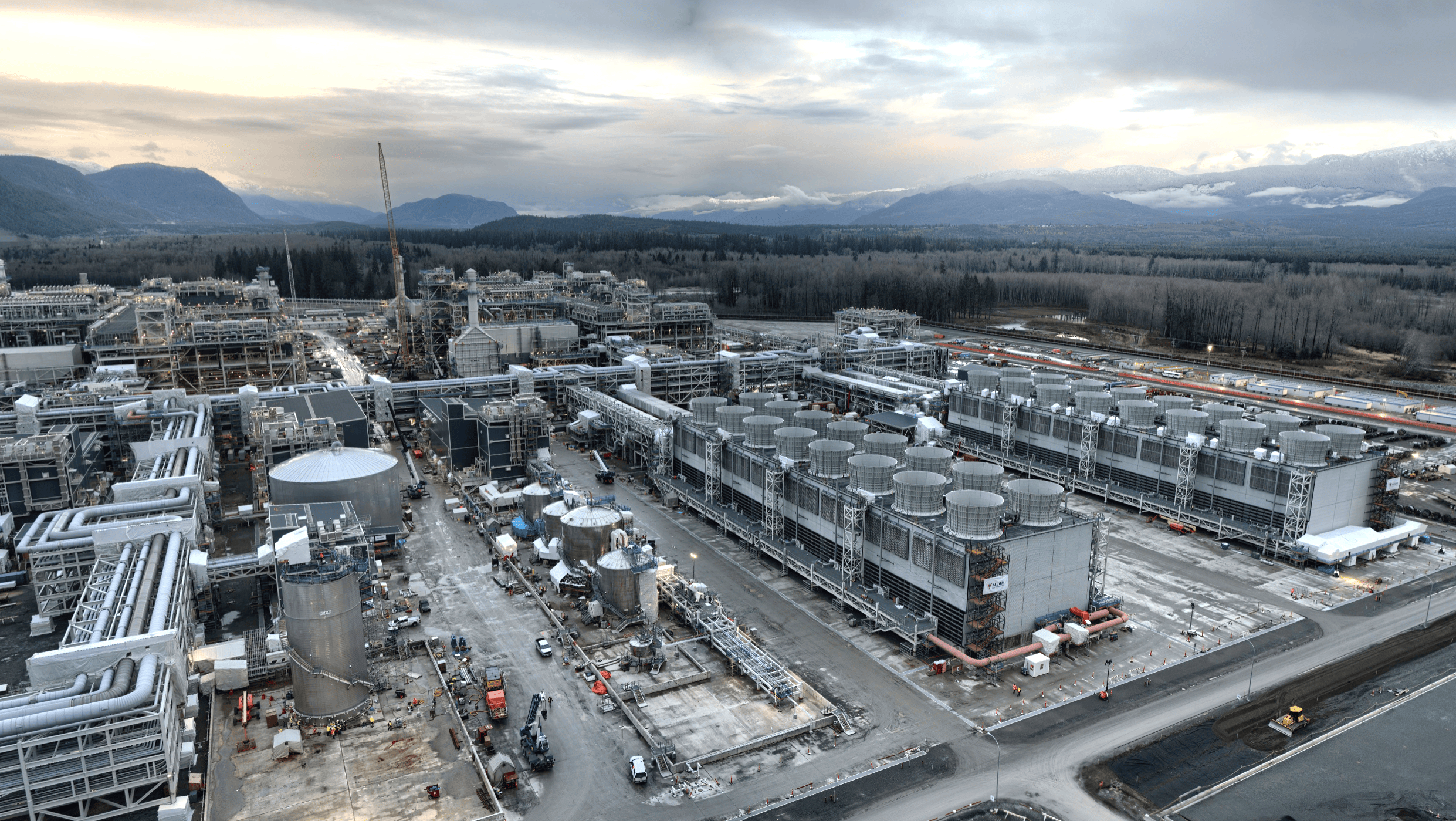
Douglas Channel in British Columbia, Canada, is no stranger to big ships.
The fjord connects the Pacific Ocean to the deep-sea terminal at Kitimat, a name borrowed from the indigenous Haisla First Nation, where Alcan and then Rio Tinto have operated an aluminum smelter since the 1950s.
Bauxite comes in, smelted aluminum comes out. But soon, more big ships will ply these waters.
That’s because a joint venture led by Royal Dutch Shell is building Canada’s largest liquefied natural gas (LNG) export terminal here. Another joint venture—Texas-based Fluor and the Japanese engineering firm JGC Corporation—is the project’s engineering, procurement, and construction (EPC) contractor.
Instrumental to that project has been the application of a massive amount of passive fire protection (PFP) material that will protect the facility’s staff and infrastructure once it opens in 2025.
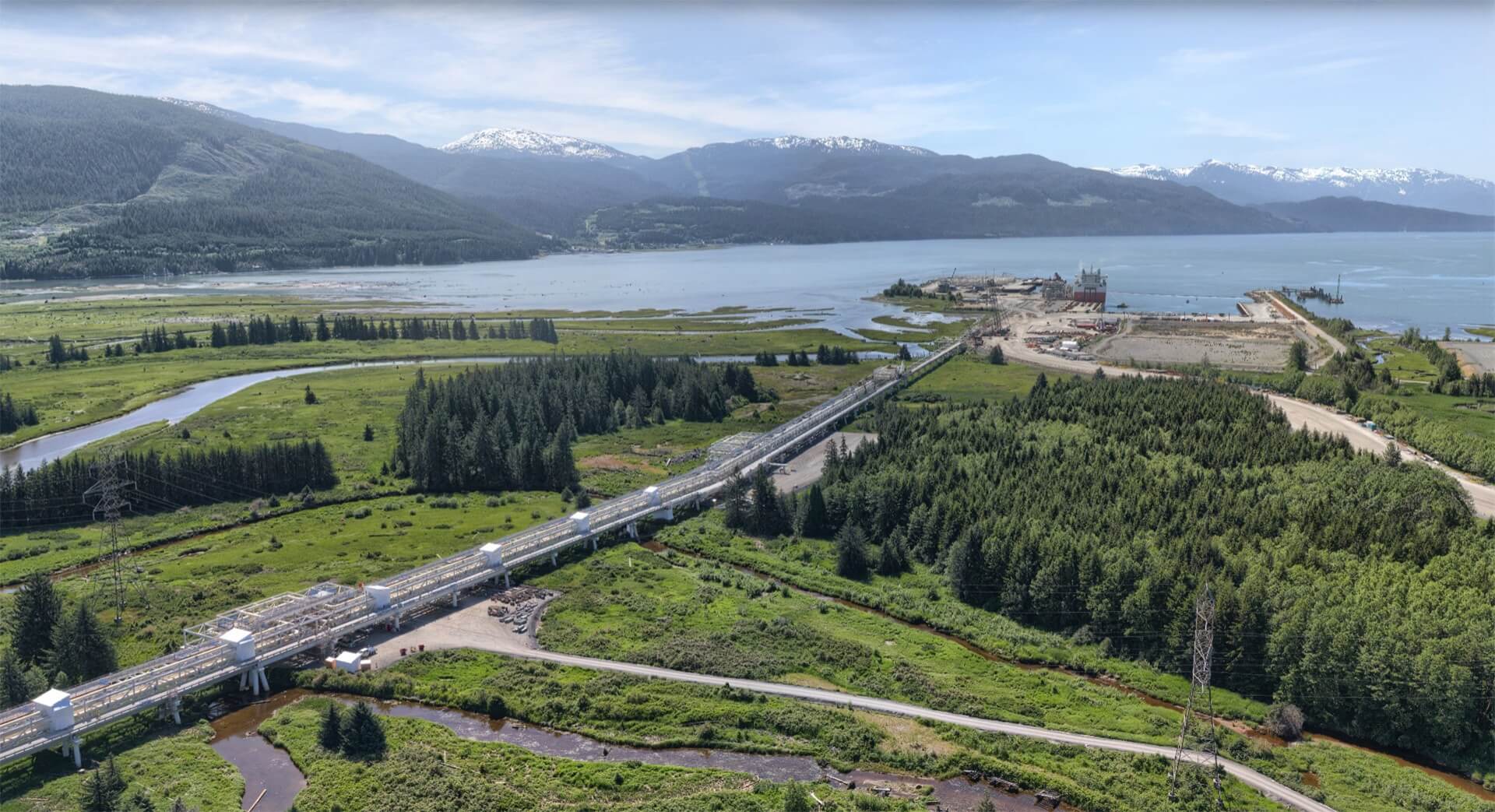
Foundational to successful operation
The process of building LNG Canada’s Kitimat facility has been complex and involves impressive global logistics.
The plant consists of modules which were fabricated at a Fluor shop in Zhuhai, China. Following fabrication, cargo ships hauled the modules across the Pacific and up Douglas Channel to the port at Kitimat. From there, the modules were strapped to special flatbed trailers for the slow, careful journey to the job site a mile up the road.
Over 200 of these modules comprise the sprawling facility. They rest on steel piles driven into the earth, which is too soft here—and too seismically active—for a conventional slab foundation. Steel support stools bolted to the tops of the piles anchor the modules in place.
Because these stools bear structural loads, code requires that they be fireproofed.
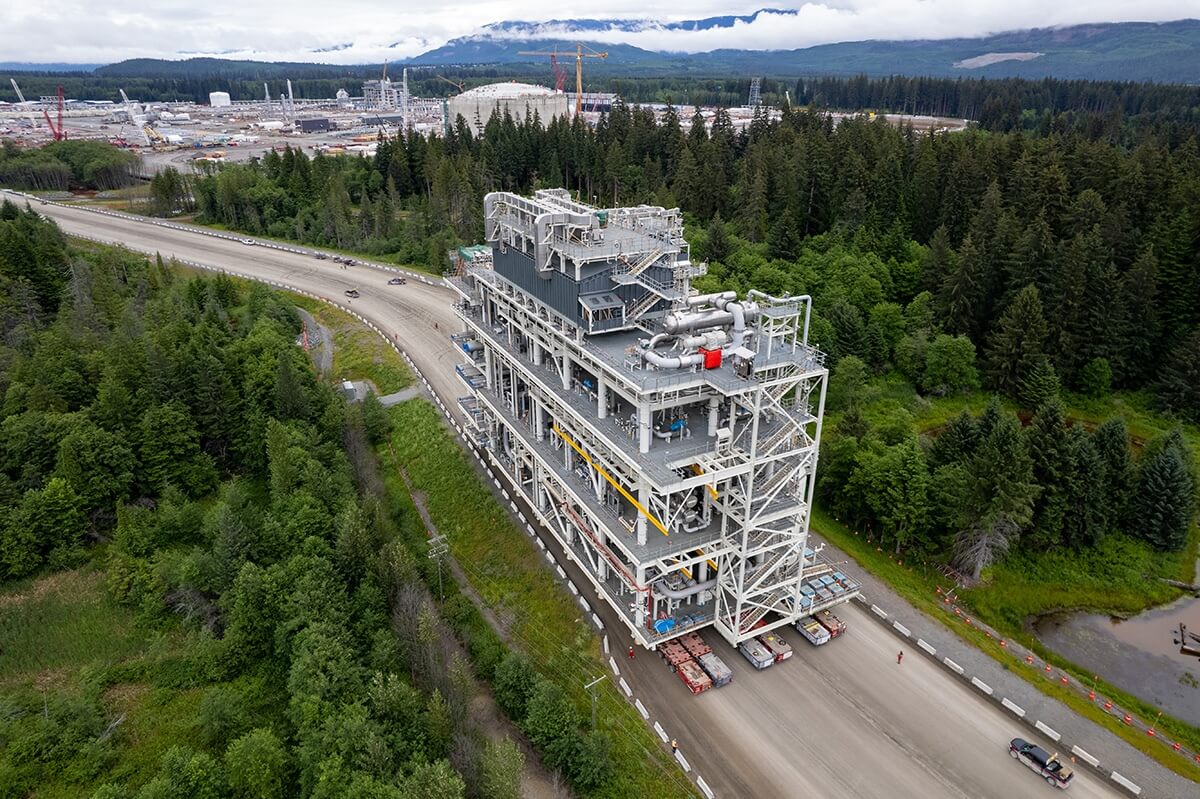
Pyrocrete 341 simplifies hazard planning inside battery limits
Fire protection requirements are not one-size-fits-all. They typically vary across areas of a facility depending on the processes located there and the fire risks that attend them.
Oil & gas and other processing facilities are organized according to battery limits, where anything which is directly related to the primary facility process is inside battery limits (ISBL) and anything related to a secondary, indirect function is outside battery limits (OSBL).
These boundaries are meant to clearly organize responsibility over separate areas, but they also provide a convenient way to specify fire protection. In the case the LNG Canada plant at Kitimat, structures located OSBL where fireproofing is required must have one-hour fire protection. Structures ISBL—including the steel support stools—require two hours.
The operative Shell specification dictated that Carboline’s Pyrocrete 241 be applied to the steel support stools.
A mainstay in the oil & gas industry since its launch in the late 1970s, Pyrocrete 241 offered excellent protection in both cellulosic and hydrocarbon thermal scenarios. The Portland-cement based material offered better thermal performance than concrete at one-third the installed weight. It became the industry’s version of a household name.
But Carboline representatives suggested instead that Pyrocrete 341 be applied to the steel stool supports at Kitimat instead of its predecessor.
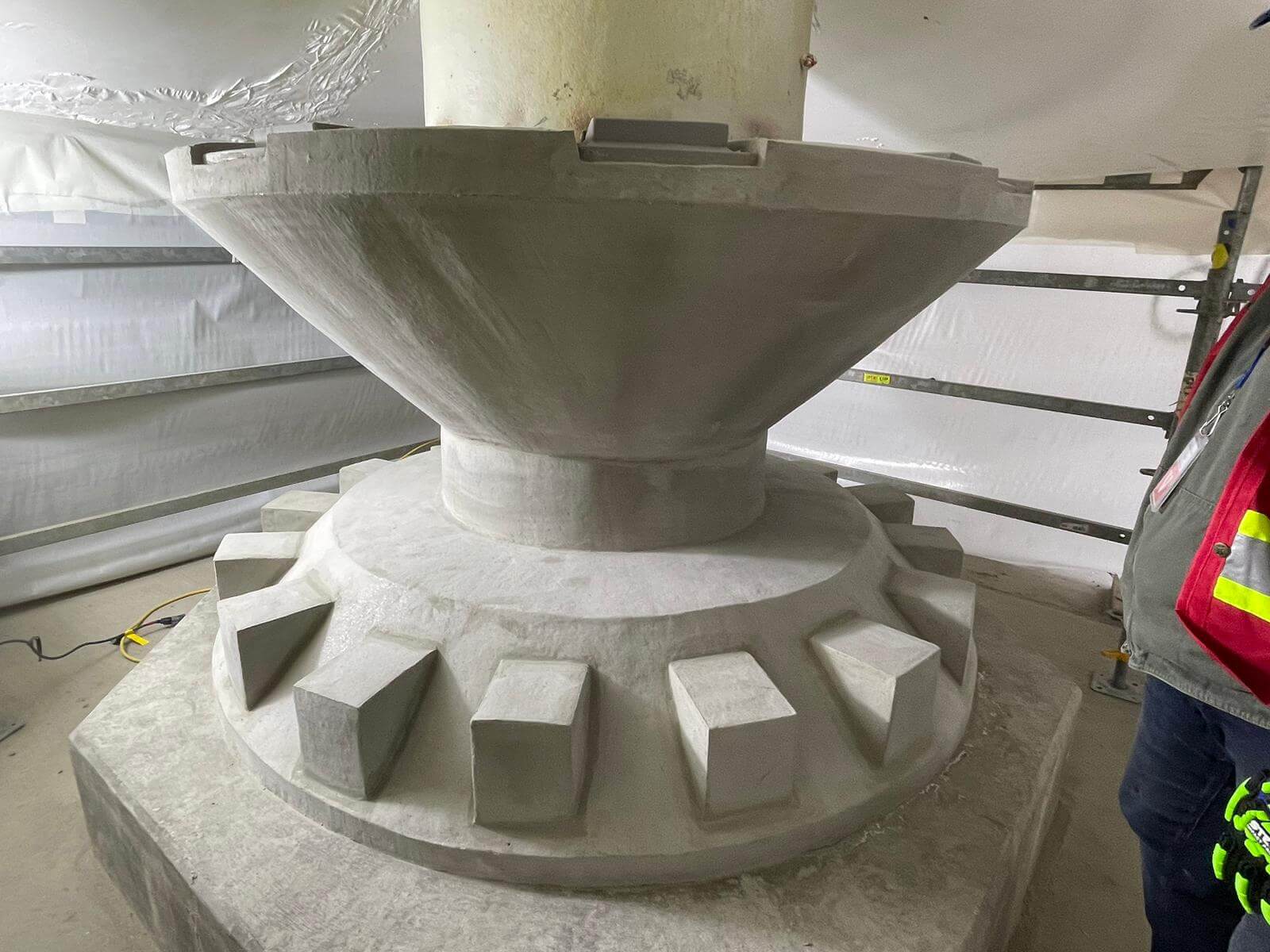
Pyrocrete 341, launched in 2020, is a next-generation, Portland-cement based fire resistive material tested to meet the following criteria:
- • UL 1709 hydrocarbon fire up to four hours
- • ISO 22899-1 hydrocarbon jet fire from 30 minutes to four hours
- • ISO 20088-1 cryogenic spill protection to -319°F (-195°C)
- • ISO 20088-1 cryogenic spill followed by ISO 22899-1 hydrocarbon jet fire
- • NFPA 290 simultaneous torch and hose stream-resistant (extended to 150 minutes)
- • 4-bar overpressure blast resistance
- • 4-bar overpressure blast resistance followed by hydrocarbon fire
Aware that LNG plants deal with a commodity held at cryogenic temperatures, we believed that Pyrocrete 341’s more comprehensive protective features would simplify LNG Canada’s fire protection regimen. One product covered all the bases.
Additionally, Pyrocrete 341 is easy to apply, which made a big difference given the scope of fireproofing application: First, crews would wrap the stools in a steel mesh to give the material something to cling to as it cured. Then, they would build forms around the mesh-wrapped stools. Finally, they would trowel the material onto the mesh and within the forms, stool by stool, of which there are more than 3,000. The time saved would add up.
Persuaded that Pyrocrete 341 was the better fit for this facility’s specific needs, the project EPC agreed to our proposed change.
A new chapter in Canada's energy saga
Depending on whose statistics you cite, Canada is either the fifth or sixth-largest energy producer in the world.
Could the Kitimat facility help it earn a spot higher on that list? Indeed, demand for Canadian energy exports has increased in recent years, and the very existence of this new facility demonstrates that industry players expect that to remain the case long-term.
But when the LNG Canada facility opens in 2025, it will mark a new chapter. Most of the LNG it produces there will go to Asia or points beyond, and not to the U.S., which previously has been the destination for around 90% of the energy Canada extracts for export.
Diversifying exports is a good thing. It means smoother sailing for the Canadian economy.
A rising tide lifts all ships, including those big ones in Douglas Channel.

